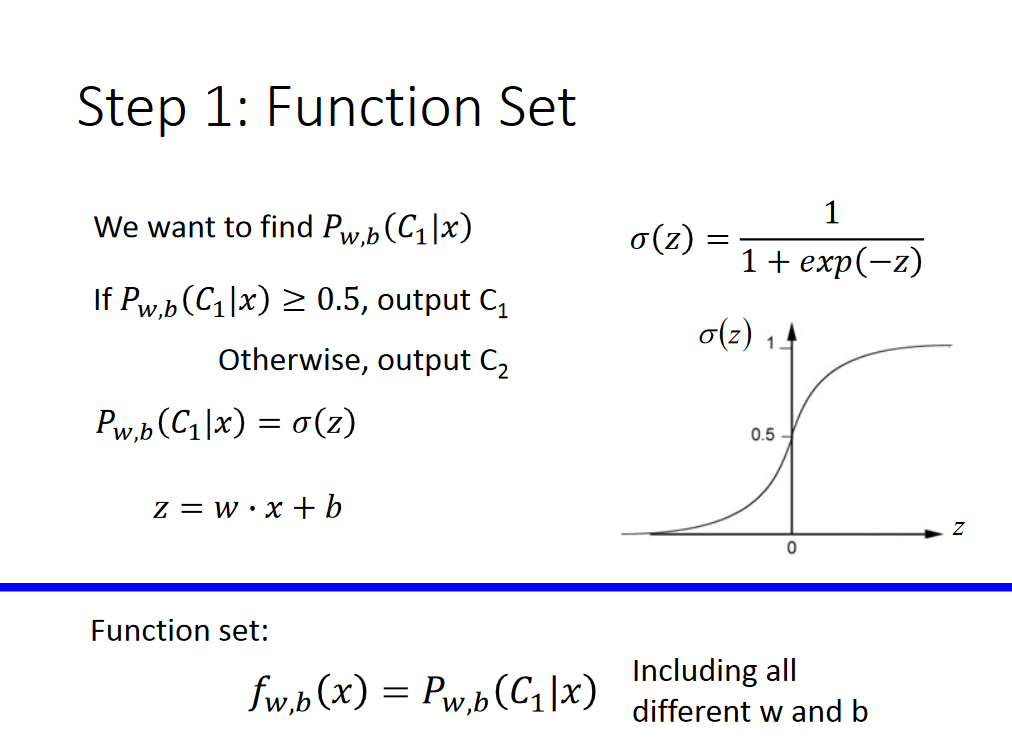Let's say I have a ClientRequestMessage message that contains a request for a specific Client. A web application will generate these requests and they need to be sent to the correct Client for handling. I can think of a few options for this.
- I could have a single queue that all messages go to and specific client handlers check a property (like
ClientId) to decide whether they care about it. This feels wrong on many levels to me though.
- I could publish a message to all of the clients and they could decide whether or not they care about it during handling. This seems like too much traffic and wastes each client's time handling messages they shouldn't care about in the first place though.
- I could have client specific queues that these messages get routed too. This one feels the best to me, but I am unsure of how to do it. I'd like to keep it simple and avoid client specific message types, but I am not sure how to tell NServiceBus "for client A send it to client A's queue and for client B send it to client B's queue".
So my question is, what is the best (most efficient? easiest to manage?) way to set this up? I am pretty sure I need to use the distributor, but not positive so thought I would ask.
BONUS QUESTION:
Let's say each client has multiple handlers. How can I make sure only one of them handles a given message? Would I need a distributor per client?
If what you really want is the solution that allows you to have just a single message where you can place a specific filter on the message based on clientId and only route the message to the client when it relates to them then I would use PServiceBus(pservicebus.codeplex.com). It will make it easier for you specific a set of subscriptions for each of your client where their messages are all filtered by clientId into a specific queue or what transport you have available. The below example shows filtering a ChatTopic by the UserName Property and the subscriber only receives the message at the specified transport when the message been published UserName property is not TJ. You are also allowed to use complex filter where you do thing such as GreaterThan("MyComplexProperty.Blah.ID", 5)
Subscriber.New("MyUserName").Durable(false)
.SubscribeTo(Topic.Select<ChatTopic>().NotEqual("UserName", "TJ"))
.AddTransport("Tcp",
Transport.New<TcpTransport>(
transport => {
transport.Format = TransportFormat.Json;
transport.IPAddress = "127.0.0.1";
transport.Port = port;
}), "ChatTopic")
.Save();
You can tell NSB where to put messages by using the MessageEndpointMappings configuration section. You can map a specific message type or a whole assembly to a queue. If you don't want to create specific message types and map them, then I would recommend the publish approach. The overhead of removing a message from the queue is pretty minimal.
If your "client" has many instances of NSB to pick up messages then you will need to use a Distributor. Check out the distributed Pub/Sub documentation.




